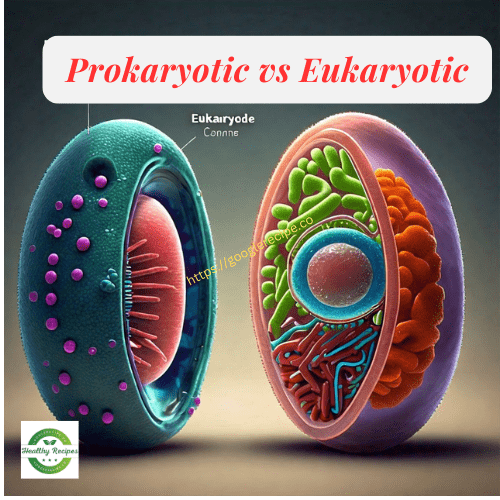Structure of the leaf
Looking Past the Surface: The Beautiful Structure of Leaves
Structure of the leaf? Plants have a remarkable ability to make their own food through a process called photosynthesis. This intricate process requires sunlight, carbon dioxide, and water.
But how does a plant gather these ingredients and transform them into glucose and oxygen? The answer lies in the Structure Of The Leaf, which act as the plant’s food factories. Let’s delve into the various parts of a leaf and understand how they work together to facilitate photosynthesis.
Sunlight: The Power Source
A leaf is designed to capture as much sunlight as possible. The upper surface of the leaf is exposed to the most light, making it the ideal location for cells specialized in trapping light.
These cells, known as palisade mesophyll, are packed with chlorophyll, the green pigment that absorbs light energy. This is why the top side of a leaf is typically darker than the underside. Moreover, most leaves have a large surface area to maximize light absorption.
Carbon Dioxide: The Essential Gas
For photosynthesis to occur, plants need carbon dioxide. The underside of the leaf features tiny pores called stomata, which open to allow carbon dioxide to diffuse into the leaf.
These stomata are controlled by sausage-shaped guard cells that can open or close the pores to regulate gas exchange and prevent excessive water loss.
Once inside, carbon dioxide moves through the gaps in the spongy mesophyll layer, which is situated at the bottom part of the leaf, and then travels up to the palisade layer.
Water: The Vital Liquid
Water is transported from the roots up through the stem and into the leaf via a vascular bundle. This bundle contains xylem, a hollow tube that carries water. The vascular bundle spreads out within the leaf, forming veins that distribute water throughout.
With sunlight, carbon dioxide, and water now available, the leaf is ready to carry out photosynthesis, producing glucose (the plant’s food) and oxygen as a byproduct.
Protection and Regulation
To prevent unwanted intruders like bacteria and to stop essential reactants from escaping, the leaf has several protective layers.
The epidermis cells, located above the palisade mesophyll and below the spongy mesophyll, produce a waxy coating called the cuticle. This cuticle seals the leaf, ensuring that the only way in and out is through the stomata, which are regulated by guard cells.
Structure Of The Leaf
Let’s summarize Structure Of The Leaf from top to bottom:
- Cuticle: A thin, waxy layer that seals the leaf.
- Epidermis: Cells that form the leaf’s outer skin.
- Palisade Mesophyll: Chlorophyll-rich cells where most photosynthesis occurs.
- Spongy Mesophyll: Cells with spaces between them for gas movement.
- Vascular Bundle: Contains xylem for water transport and phloem for sugar transport post-photosynthesis.
- Lower Epidermis: Another layer of epidermis cells, along with the cuticle.
- Stomata: Pores controlled by guard cells, located within the lower epidermis.
Leaves, regardless of their shape and size, share these common structures that enable them to efficiently gather reactants and perform photosynthesis. Whether it’s a broad cabbage leaf or a lobed oak leaf, these parts work in harmony to sustain the plant’s life processes.
Conclusion
The leaf, with its complex and efficient structure, is a marvel of nature’s engineering. Each part plays a crucial role in gathering the necessary ingredients for photosynthesis sunlight, carbon dioxide, and water and ensuring that these reactants are processed efficiently to produce glucose and oxygen.
From the light-trapping palisade mesophyll at the top to the carbon dioxide-regulating stomata at the bottom, every layer of the leaf is designed to optimize this life-sustaining process.
Understanding the anatomy of a leaf not only highlights the incredible adaptability and resourcefulness of plants but also underscores the delicate balance and sophistication inherent in natural systems.
So, next time you see a leaf, take a moment to appreciate the intricate work happening within it, fueling the life and growth of the plant it belongs to.
FAQs about Structure of the leaf
1. What is the central function of a petal?
The primary function of a petal is to carry out photosynthesis, the process by which plants convert sunlight, carbon dioxide, and water into glucose (food) and oxygen.
2. What are palisade mesophyll cells?
Palisade mesophyll cells are specialized cells located on the upper part of the leaf. They are packed with chlorophyll and are primarily responsible for capturing light energy for photosynthesis.
3. How do stomata function?
The majority of stomata are microscopic holes found on a leaf’s underside. They are open to allow carbon dioxide to enter for photosynthesis and closed to prevent water loss. Their opening and closing are disciplined by defender cells.
4. What is the role of the spongy mesophyll?
The spongy mesophyll layer contains loosely packed cells with air spaces between them, allowing for the easy movement of gases (carbon dioxide, oxygen) within the leaf.
5. How does water reach the leaf?
Water is absorbed by the roots from the soil and transported up through the stem via the xylem, a part of the vascular bundle. The vascular bundle then spreads throughout the leaf, delivering water to all its parts.
6. What is the cuticle, and why is it important?
The cuticle is a thin, waxy layer on the surface of the leaf. It prevents water loss and provides a barrier against pathogens and other potential threats.
7. What is the difference between the upper and lower epidermis?
Both the upper and lower epidermis serve as protective layers for the leaf. However, the upper epidermis typically has a thicker cuticle to reduce water loss, while the lower epidermis contains more stomata for gas exchange.
8. Why do leafs have a grand superficial space?
Leaves have a large surface area to maximize the amount of sunlight they can capture, enhancing their ability to perform photosynthesis efficiently.


